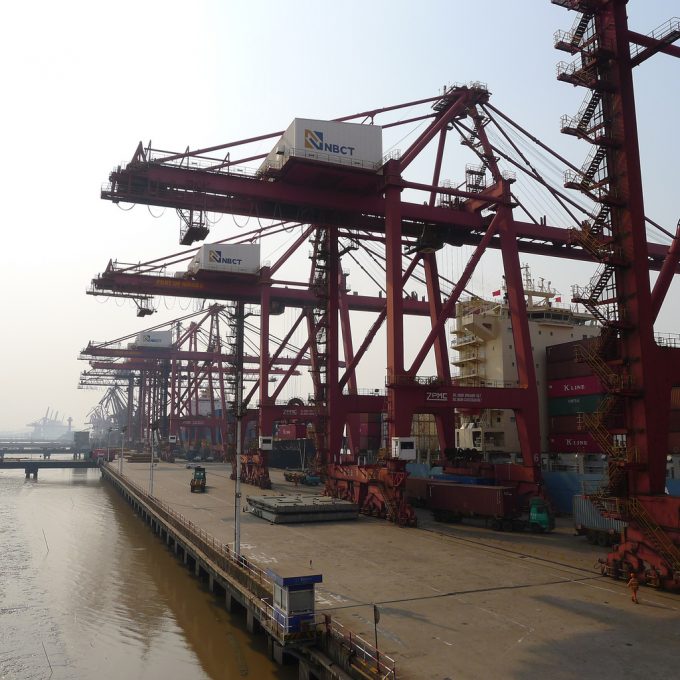Transpac GRIs fail to prop up under-pressure container spot freight rates
It was a relatively flat week for pricing on the major deepsea box shipping trades, ...

A slowdown in European economies and fallout from US-China trade war has upped the risk factor for ocean carriers this year, according to the latest analysis by research and consultancy firm Maritime Strategies International (MSI).
The consultant says there could also be softer demand on secondary ...

Comment on this article